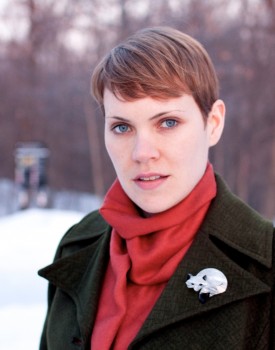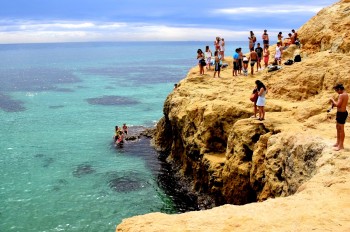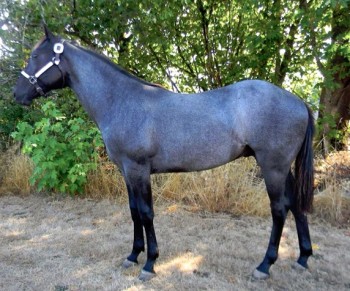Note: Author Josephine Rowe is the 2016 WINNER of Australia’s Elizabeth Jolley Prize.
“There comes a point where you have to say, Here it is. Here is what life looks like. Where you stop turning your head away, cupping your ears…because you finally understand it won’t do any good. For years now, [I’ve] been waking to the same knowledge. This is not my life. Gray eucalypts shaking out there in the stonewashed sky and Jack’s loose copper change scattered across the bedside table. No, none of this is right. None of this fits.” –Evelyn, Ru’s mother
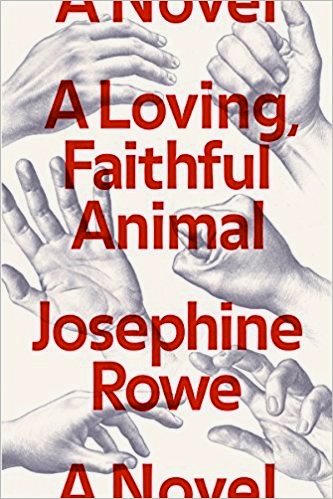 I am always excited to see who has won the Elizabeth Jolley Prize, especially so this year. Jolley, a transplant to Australia from England, began her writing career when she was in her sixties and produced several stunning novels filled with dark ironies, dramatic twists, and characters whose intimate thoughts and feelings drive the action. She is one of my all-time favorite authors.
I am always excited to see who has won the Elizabeth Jolley Prize, especially so this year. Jolley, a transplant to Australia from England, began her writing career when she was in her sixties and produced several stunning novels filled with dark ironies, dramatic twists, and characters whose intimate thoughts and feelings drive the action. She is one of my all-time favorite authors.
The latest winner of the Jolley Prize, Australian author Josephine Rowe, employs the same dark ironies, dramatic twists, and intimately developed characters while she is still in her early thirties. Creating a character novel driven by a father’s inability to deal with the horrors of the Vietnam War and the effects his traumas have on his abused family, Rowe presents the action in six chapters featuring five different members of the same family. Introducing the action is Ru, the twelve-year-old daughter of Jack Burroughs. Her mother Evelyn, her older sister Lani, Jack himself, and Jack’s brother Les also reveal their stories in their own chapters, with Ru, by then much older, the speaker in the conclusion.
The novel opens ominously in the summer of 1990, with the arrival of a dead sperm whale in the bay at Mount Martha. The Gulf War is raging. Ru’s father Jack, who has survived the Vietnam War, has not survived his ghosts. “His head is a ghost trap,” Ru declares. “It’s all he can do to open his mouth without letting them all howl out.” Now her father, on one of his many disappearances, is being hunted by her mother, and Ru finds it “impossible to imagine her [mother] ever being young, impossible to imagine swimming trophies and a modeling portfolio” left behind in the elegant house where her mother grew up. “All she had to show now were an arctic fox coat and a photograph of her in the driver’s seat of the famous green Corvette a few years before she sold it to pay off a loan.” If only she had decided to “swing her slender legs up into that beautiful car and driven as fast as she could in the opposite direction,” away from Jack, her life would have been totally different. Instead, she ran away with him. Now, even after years of trying to help him cope, she still hopes to lead him away from the “mud, away from the cracks of invisible rifles, the strange lights through the trees.”
Everyone in the family is tormented. Ru, at age twelve, is being bullied at school, and she finds escape in making cigarettes from the pack of tobacco her father left behind. Her sister Lani is escaping through sexual experimentation, in selling her father’s left-behind medications. and in bossing Ru, to whom “she can be mean as cat spit [with] a sixth sense for knowing what will hurt most.” Their uncle Les, sometimes known as Tetch, has begun hanging out in the family garage, fixing what needs to be fixed without being asked, though neither he nor anyone else can fix the family’s inner demons. Les did not serve in Vietnam because of an injury. Evelyn sometimes escapes into memories of her earlier life, with the family’s race horses, especially Blue Boy, a blue roan, and her aimless afternoons at the family elegant home. Despite her memories of her quiet life there, however, she has never been able to leave Jack, always believing in “the good that was there. She could “wait it out…the war in him…He’d come up eventually; she’d always believed so. Come up gasping, and she’d be there.”
In prose that often feels like poetry, Rowe creates lives for these characters, and the reader comes to know and empathize with them. They are what matter here, as there is little overriding plot, which the reader puts together from the many flashbacks and flash-forwards. Ru, the main character, is a special case, since Rowe has chosen to use the second person for both Ru’s opening chapter and her closing chapter. With the action addressed to “you,” as Ru lives her life, the reader also becomes absorbed into Ru’s life, identifying with her in a way which is more intimate than it is with the other characters, however well-developed they may be – and they are exceptionally so. Perfect, abbreviated descriptions create lively, memorable imagery. Ru’s grandparents were simply “feathery handwriting on birthday and Christmas cards, padded envelopes containing presents of glittery stationery and books you’d read years ago.” When sister Lani would climb through the window of Ru’s bedroom to avoid her mother, “her mouth [would be] all blurry and her eye makeup gone panda.” For Les, “certain moments would lose substance in their revisiting, memories he’d meant to preserve instead rubbed back to the oily sheen of overhandled suede.”
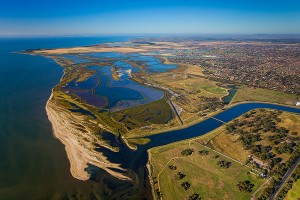
Port Phillip Bay, where Evelyn and Jack meet for three weeks during the summer, when Jack worked in the projection booth of a theatre. The bay was cloudy with pollution and they could not go swimming.
Throughout, Rowe uses a series of animals to convey her characters’ connections to the wider world, avoiding the kind of sentimentality that a novel so emotional might suggest. The whale at the beginning is already sick, and it is soon dead. Jack’s Belle, whom he rescued and loved, is horribly killed by the panther he brought back from Sumatra after the Vietnam war. The blue roan horse from Evelyn’s teen years, is described by a trainer as stupid: “A horse will run itself to death, eat itself to death, drink itself to death if you let it. It’s the only animal that needs to be [taught] restraint.” Ru’s mother calls her, sometimes, by her nickname, Possum, and Lani, years later, tells Ru that she now has a dog – “A friend traded up for a baby, and it was bye-bye-Bruno, poor old fella.” A human’s connection to the animal world remains unbroken, though life is not golden and offers no kind of grace. No matter how fast we move – in Corvettes, in airplanes, on motorcycles, or on foot – we cannot escape our pasts or our memories.
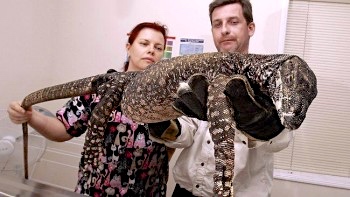
Les opens a trunkful of old letters – and memories – and remembers the goannas, “Practically pre-historic…dragons. We watched one go after a chicken, and it was carnage.” These can grow to eight feet long.
Beautifully constructed, filled with original description and characters connected by vibrant themes, this debut novel establishes Josephine Rowe as a writer to watch for, one whose talents and accomplishments to date belie her thirty-three years. Elizabeth Jolley would surely be encouraging her success – two authors with similar views of the world.
Photos, in order. The author’s photo, by Patrick Pittman, is from http://www.uqp.uq.edu.au
Mount Martha Bay, where a sperm whale washes ashore in the opening pages and dies, setting the scene for the rest of the action. https://www.goto.com/
A Blue Roan horse, like the one Evelyn remembers from her childhood: http://www.blueroanquarterhorses.com/
Port Phillip Bay, where Evelyn meets Jack, a projectionist at the local theatre, for the first time. Because of pollution at that time, they were unable to use the beach. Over 3.2 million people live around its shore, making Port Phillip Bay Australia’s most densely populated catchment. http://www.ppwcma.vic.gov.au/about/our-region/bays-coasts/port-phillip-bay/
Two reptile experts hold a goanna, which can grow to over eight feet long. (This one is anesthetized after surgery.) Les remembers them as being like dinosaurs, practically prehistoric. http://www.theaustralian.com.au
